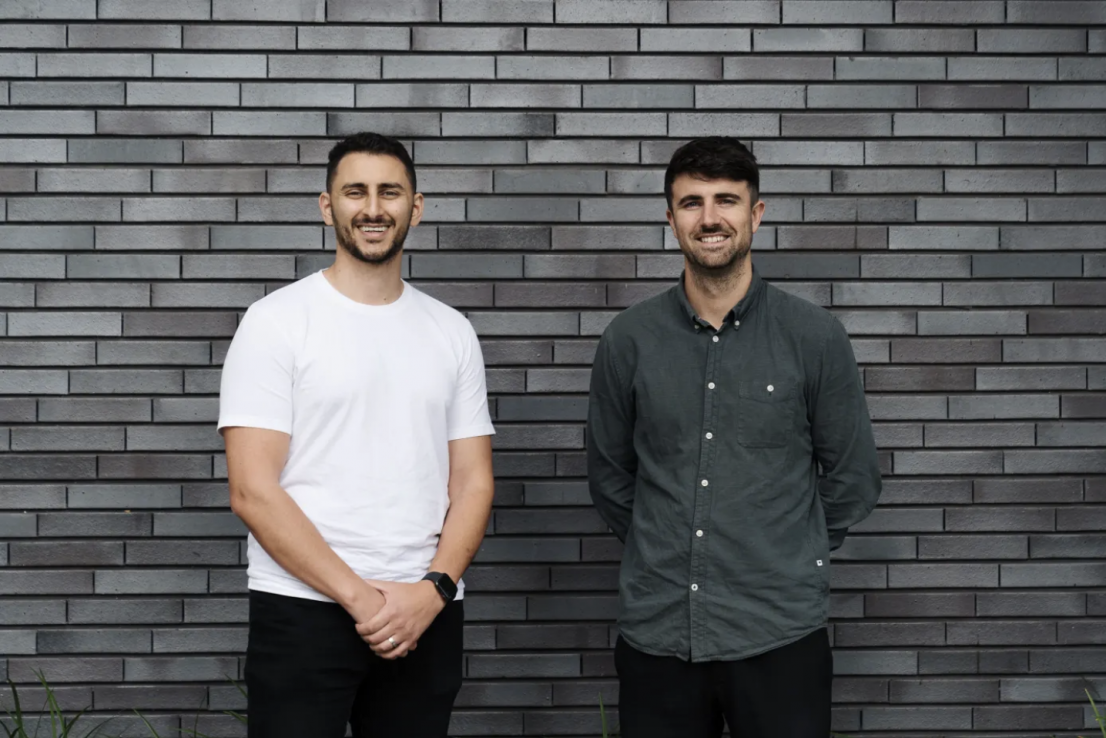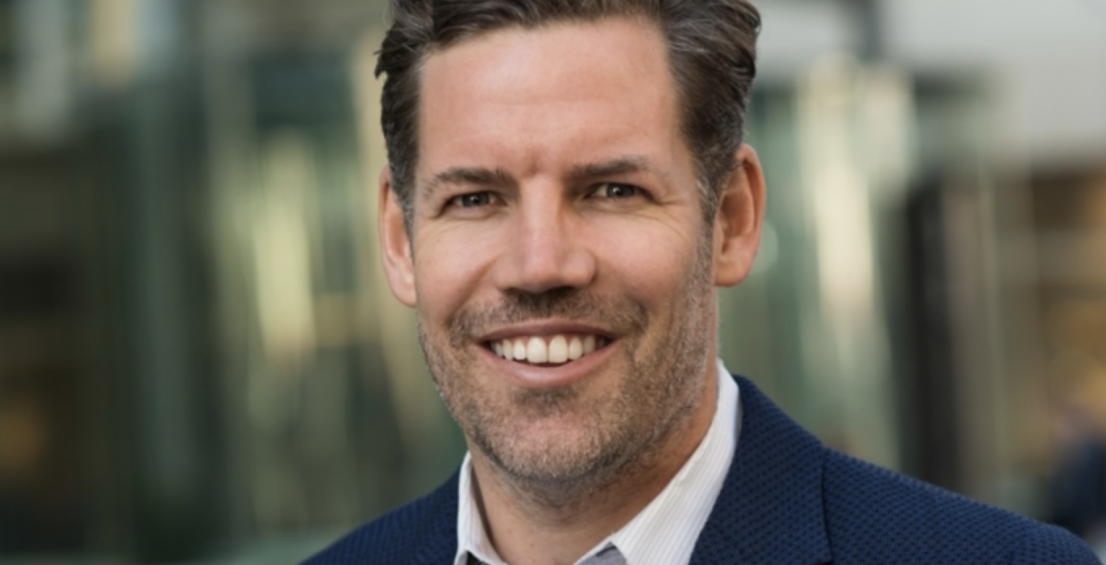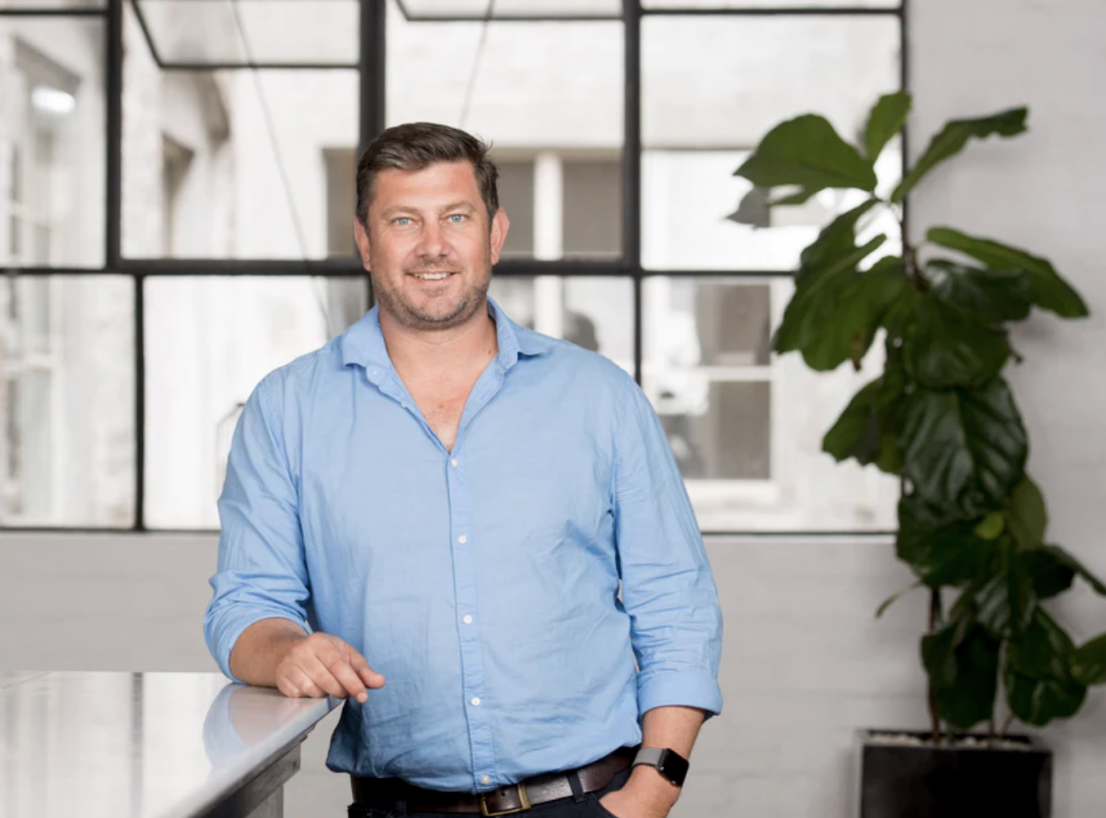
According to some estimates, the sprawling telecommunications networks built and supported by Ericsson process about 40 percent of the world’s data. While the 140-year-old company’s introduction of 5G and other innovations continues to transform the way data travels across its networks, Ericsson is also transforming the ways in which its people use the company’s own data. The organization recognizes that data is more than just a by-product of its business activities; when fully utilized, data can help improve areas such as customer experience to operational efficiency.
We spoke to Sonia Boije, leader of the company’s Data Enablement Office, to learn how Ericsson has approached the early stages of becoming a more data-driven organization. In her interview with McKinsey’s Asin Tavakoli, Sonia shares an overview of Ericsson’s new data operating model and discusses the importance of focusing on people to deliver this change, including clearly articulating the vision to all stakeholders, empowering employees to take ownership of data, and providing company-wide data education. An edited version of their conversation is presented here.
McKinsey: Can you describe Ericsson’s data strategy and the role of the Data Enablement Office in executing it?
Sonia Boije: In short, the office oversees the end-to-end processes for how we utilize data, including setting the overall data strategy. The key objective of this strategy is to democratize data in a compliant manner. We are an engineering company at heart, so we’ve always worked with data, but not necessarily in a way that’s coordinated at a global level, as it is now.
To achieve this, we needed to meet certain preconditions. For example, we had to create clear ownership and accountability for data, by which we mean having people who are accountable for it on behalf of the organization and our customers. We also needed to improve data quality to foster trust and reliability. And we needed to follow a value-based approach, engaging our various business and market areas to focus on high-value use cases. I think this last point about applying a value-based approach to data governance—driven by the business—has been the biggest enabler to realize the true value of our data.
In the Data Enablement Office, I lead a global and expert team with responsibilities for data quality and governance, data architecture and tooling, metadata, and risk and security. We’re also responsible for supporting a data-focused culture and an environment of continuous learning, as well as creating new data domains and organizing teams around them. Organizationally, we report to the digital transformation officer.
McKinsey: Can you explain what you mean by a data domain?
Sonia Boije: You can think of a data domain as essentially a group of logical units of data relating to a specific topic. These might be, for example, data about your customers, accounting or reporting data, and so forth. Data-domain teams serve as subject-matter experts for their data domain and include a domain manager who’s accountable for the data and how it is used, as well as supporting data stewards, who are responsible for taking the data under governance.
How these relate to use cases is that use cases need data to derive an insight or to deliver a product or a service for a customer, for example, and might need lots of different types of data from multiple data domains. Data-domain teams can effectively support the use-case teams to provide the quality of data they need.
McKinsey: Many organizations struggle to determine if they should employ a centralized or federated model to support their data efforts. Would you consider your data operating model to be centralized by the Data Enablement Office?
Sonia Boije: Not quite. I would say the office standardizes data rather than centralizes it. The Data Enablement Office supports the scaling of data capabilities via a federated operating model.
According to our model, data domains are staffed by people across the organization who are closest to the data concerned. This model offers the advantage of leveraging the knowledge of the practitioners within the organization. We’re engaging people who have worked with the data before. And the data stays where it naturally resides, within the associated business areas.
I believe this model has also increased awareness and support from across the organization by involving relevant business stakeholders right from the start.
McKinsey: What types of roles make up the Data Enablement Office, and how did you go about staffing them?
Sonia Boije: New roles were created, including a data-use-case coordination team that supports use cases from across Ericsson and moderates discussions involving the use-case squads and data-domain teams; a data-quality expert, who defines and maintains the organization-wide data-quality frameworks and metrics; and a data-risk-and-security expert, who is responsible for translating security and regulatory policies into the data operating model and sharing them with the broader community.
We started staffing by identifying and working with existing talent within the company. We already have a vast wealth of data experts within Ericsson, so the first task was to bring the people already working with data into the Data Enablement Office as well as into the domain teams.
We’re pragmatic about how we staff the data domains and start by basing the support on what the use cases require. We’re generally able to staff domains within four to six weeks once a domain has been operationalized—meaning once we’ve decided we’re going to roll out that domain across the company.
We look for two types of profiles for the domain teams. The first is people who understand how the data is used from a business perspective and how it flows across the process end to end. The second is people who work within the actual data-source systems. These could be colleagues who are more technical from an IT perspective and are touching and fixing the data, always ensuring the completeness and freshness of that data. What has made this setup unique is bringing the process and technical people together to make decisions about the data, such as how it’s classified, what the level of quality should be, and so forth.
McKinsey: How did you go about selecting the initial data domains to establish, and are you seeing value from those yet?
Sonia Boije: We first conducted a feasibility and impact assessment of the data use cases that should be supported by the domains. We then selected two initial domains for rollout, which were chosen because they supported multiple prioritized use cases and were central to our operations.
We have seen real value to date. One example would be that we’ve automated elements of data collection, which has really helped us further enhance the timeliness and quality of data and eliminate the inconsistency in manual collection. This has enabled the effective use of machine learning and automation in various scenarios across the organization. We’ve been able to use machine learning to enhance customer support.
I would say our approach overall has really benefited from our data-governance activities. For example, the lineage of data is now readily available. That alone adds value to the people who want to use this data. It enables stakeholders to find data, trust that data, and use it related to their use cases in a compliant way. We anticipate significant additional value for both Ericsson and our customers as we continue to roll out this operating model to scale across the organization.
McKinsey: What were some of the ways you tackled the change-management aspects of becoming more data driven?
Sonia Boije: You need to articulate the vision, and I find that the best way to do this, especially when you’re doing such a big transformation across the organization, is people to people. A lot of it was meeting with people, sharing with them the vision, and showing them the value of that. Those people in turn became the ambassadors for this vision and then were able to share it and spread it across the organization. We did other, practical things to be able to scale it across our organization of more than 100,000 people. We created, for example, videos providing an introduction to why we need a data strategy, what the operating model is, and how it adds value and benefit.
A concrete example would be around standardizing data management. To democratize our data, we needed to standardize how we manage that data. To do that, we needed to ensure that all of us across the organization have the same standard capabilities and use the same tools. So the first challenge, you can imagine, is that we had to work with practitioners who know their data and have been working with this data for a long time. It’s not that this work wasn’t being done. It’s just that it was being done differently across the organization. A big part of the change management was to show the value for each of these users and stakeholders—that once we started standardizing, you could then find data in another area, which you could potentially cross-pollinate with the data you’re working with.
Another example is what we did to get buy-in from the business stakeholders from across the different parts of the organization. We ensured that we were bringing value for them, and we did this through their strategies and use cases. We were able to show them that, by being part of this change and adopting this new operating model, they would essentially benefit from good-quality data, a clear understanding of what the single source of truth is, the classification of how the data could be used, and an understanding of how the data flows across systems.
Once they started to see the value, it got them more excited. It got them more motivated to be part of contributing to bring in more use cases. And when data-domain teams started to see how thirsty the organization was for their data, they also got excited.
We’ve also set up a data and AI academy to train the whole organization, as well as communication plans that include bringing in external speakers to highlight the value and the possibilities of data.
McKinsey: How is your data and AI academy structured?
Sonia Boije: In terms of building data literacy, we have a strategy where we not only work with the practitioners, but we also provide trainings and literacy for the whole organization.
For practitioners, we focus on upskilling them in the capabilities they require to be able to do their work. We look at not only the processes and ways of working but also the technologies they need, such as data-management tools that could best support them to scale and make the work they do easier.
For the broader organization, we roll out different types of introduction courses. They cover things like data strategy, why it’s important, data quality, data culture, and ethics. We have one coming up now on metadata. We’re helping our organization as a whole, whether employees are in this space or not, understand the taxonomy we use and build the general awareness of the culture around data and why it’s important for us as we move forward.
If we look at the content itself, it’s a mixture of content that we have designed in respect to, for example, becoming a data steward, including practical trainings, then applying those practical trainings, as well as actually sitting for a data-steward qualification exam and becoming certified. In terms of other types of content, we also look at industry standards when it comes to content that’s available on the market and how we can leverage that.
Over the past 18 months, we’ve of course had to work in a more digital way, so we offer a lot of digital content to enable our people to upskill in their own time. But we also balance that with some more personalized trainings that people can sign up for, where they’re able to meet with a cohort and do several sessions.
McKinsey: What advice would you give to an organization just starting out?
Sonia Boije: I would say don’t underestimate the value of clearly articulating the data vision, the purpose, or the why. I think it’s easy to get caught up in the details, but it’s so important to communicate and get buy-in to the overall and bigger picture. To do this, we really worked from the grassroots up, going deep into the organization to share knowledge, so people have the understanding and the context to contribute.
I would also advise being ready to invest time in multiple stakeholders, which in our case is a diverse group of people, from the leadership team to IT. Everyone’s shared understanding is crucial to a successful process.










